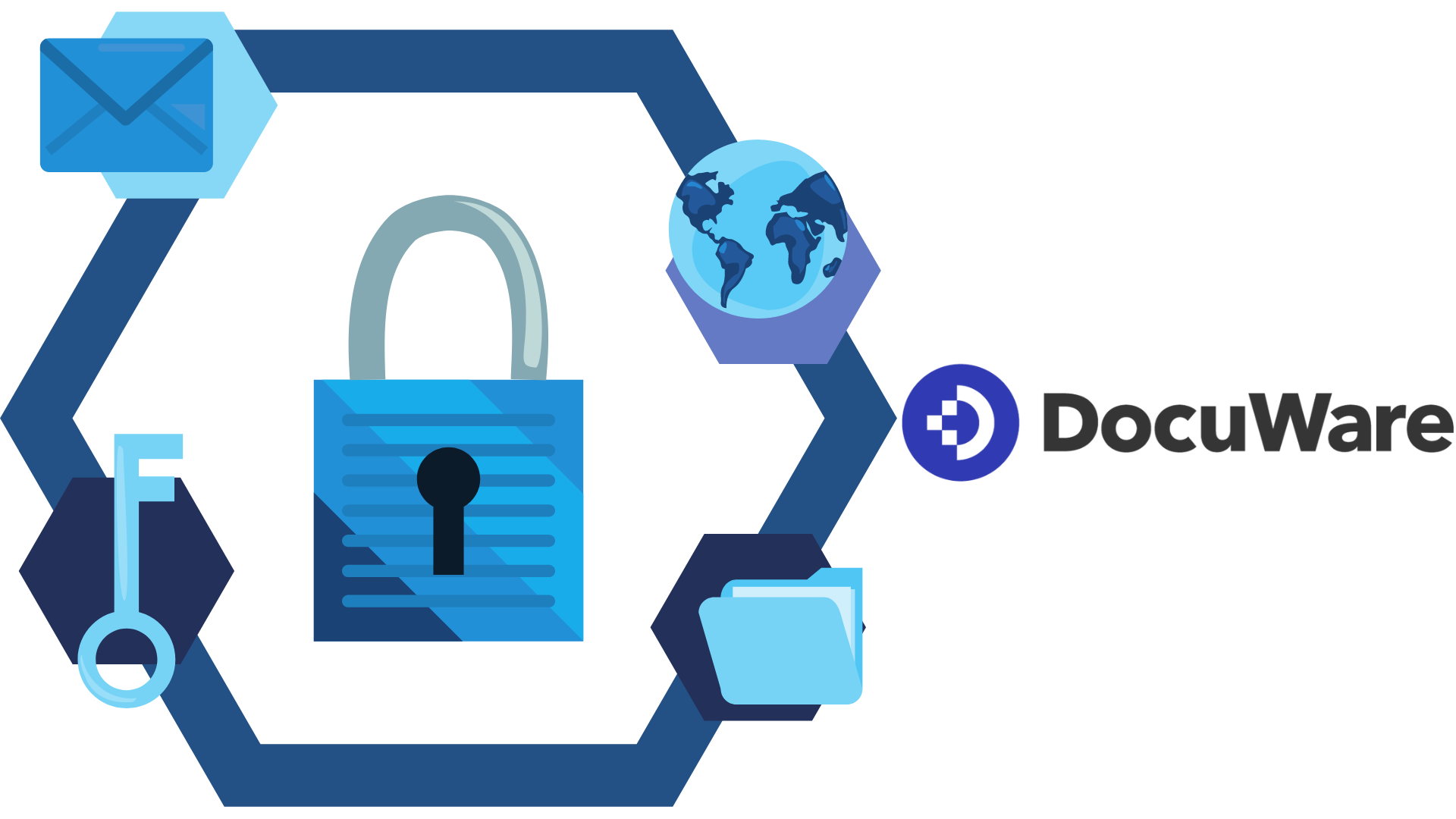Low-code automation is the use of software to automate a business process, without the need for traditional computer programming.
Compared to building a business process automation solution from scratch, a low-code automation solution offers:
- The ability to develop, deploy and iterate on your processes quickly as business needs change.
- A secure foundation that you can clear by IT once and then use to build out multiple processes.
- An easy-to-use interface that allows non-technical process experts to build powerful solutions.
What is a low-code platform?
A low-code platform is a development environment that enables all types of users, including non-technical ones, to build processes without the need to code much, if at all, compared to building an application for that process from scratch. For both non-career developers and seasoned coders, these platforms are a way for you to build a custom business application or automate a process without the need to code basic functionality or back-end infrastructure elements, such as security and error handling.
By both lowering the barrier to entry to create an app, and speeding up development times, low-code automation platforms enable organizations to be more agile in response to changing needs, regulations and customer expectations.
What is meant by low-code?
Although you may see low-code platform vendors use a variety of terms to describe their offerings, they often share a common thread of digitizing key business operations in a way that’s easy for those without coding experience. This is usually achieved by providing a drag-and-drop interface that lets users design and map out logic for applications, workflows and business processes.
What is an example of low-code?
A low-code automation platform is usually good at gathering information and routing it to the right person or location. More robust platforms, like Laserfiche, with enterprise content management (ECM) technology, can store information as well without the need of a third-party application to support it. Below is an example of a low-code automation platform for a generic request:

Gather information: Low-code automation platforms can gather information either directly from a digital form, or a scanned paper form. When dealing with paper, these platforms usually use AI to sort and classify applicable data points from the document and stores them as metadata.
Route information: Using a workflow designer, you can make sure your low-code automation platform routes information based on certain criteria and sets up the logic as you see fit. This example routes a request based on whether it is approved or rejected. However, it’s important to note that you can route information based on a number of criteria and down a variety paths outside of “accept or reject.” This flexibility allows you to create a variety of applications on the same platform.
Store information: At this point, many platforms would integrate with a third-party system to store and archive any information relevant to the automated business process. Although third-party integrations are an important feature of many low-code platforms, they are not always necessary when it comes to storage and archival. If a low-code platform also works as an ECM platform, it can store and archive information in a centralized repository, with added features that enhance an organization’s ability to store and archive information in a way that remains in compliance with industry regulations and organizational policies.
What can you do with low-code platforms?
With the right low-code platform, the possibilities of what you can build are virtually limitless. Some platforms even offer marketplaces for solutions, which allows creators to share what they’ve built and for others to get started faster with pre-built templates. One example is the Laserfiche Solution Marketplace, which has pre-built workflows for many of your everyday processes.
The below infographic “Laserfiche 4 Steps to Innovation” shows how those that use the Laserfiche Solution Marketplace can not only deploy solutions quickly, but get involved with a larger community of innovators.
Below are a few examples of processes you can automate with a low-code platform:
- HR onboarding: Have new hires fill out and sign paperwork digitally and route the forms to your repository for storage and archival.
- Expense reimbursement: Streamline expense reimbursement requests by routing them directly to approvers for quick decisions.
- Accounts payable: Gather relevant information from incoming documents and apply business rules to verify matching POs and invoices.
Which low-code platform is best?
There are a lot of low-code platforms out there, but not all offer the same level of functionality. Here’s a quick list of core features to look for in a low-code platform:
Drag-and-drop: If a low-code platform doesn’t include a drag-and-drop or other visual interface, it may require more coding and other complexities than you expect. See if you can get a demo or product walkthrough that explores how the low-code platform works before making a decision.
Integrations: You want to make sure that any low-code platform you use interacts with the digital ecosystem you already have in place. Check documentation for your desired low-code platform and any applications you plan to integrate it with before investing in a solution.
ECM features: While many low-code platforms can integrate with an ECM system to manage the storage and archival of documents, some of them offer an ECM within the product itself. This allows you to not only build applications around content, but actively manage the content throughout its lifecycle using the same application, making the deployment of these types of solutions more streamlined and centralized.
What is the difference between low-code and no-code?
A no-code platform, as its name suggests, requires no code from the user to program a solution. Low code, on the other hand, involves some level of scripting or manual coding from technical staff.
Solutions made using no-code can come in the form of a reporting dashboard or digital form where you’re putting together prepackaged UI elements. Some no-code platforms may allow you to build content management applications, digital workflows or mobile and web apps without code, although potentially with some limitations — it’s not that you can’t create an app without using code, it’s just that without the potential to add code, a platform may be needlessly limiting its own capabilities.
On the other hand, that little bit of code you add doesn’t have to be incredibly complex either, while still providing a great deal of customizability to your applications. Common use cases for these kinds of platforms, include making calculations based on incoming data and integrating with an application that has an application programming interface (API).
What does low-code have to do with APIs?
An application programming interface (API) works as a means for outside applications to interact with the one that the API is designed around. In the same way that a human needs some sort of an interface to interact with technology, like a graphical user interface (GUI) on an application or simply the buttons on a household appliance, an API gives outside applications a specific set of functions it can ask of the application providing the API.
APIs are useful in that they both give a low-code automation platform the ability to interact with other applications it might not otherwise have been able to, while sticking with the theme of simplicity that no-code provides. APIs are usually designed to just take in simple inputs and provide a simple output, with the rest of the logic inside the application providing the API. This makes most API functions light on code, and thus some of the easiest coding snippets to add to automated processes using a low-code platform.
Why is low-code popular?
Low-code is popular because it makes organizations more efficient. Especially in a business climate that can experience large, seismic shifts in an instant, the ability for organizations to develop and deploy solutions quickly is of upmost importance. There’s also a need to remain flexible and adapt the development or use of an automated process to meet new business needs. Although this era was inevitable given advances in technology and communications, its arrival was accelerated by the harsh realities of the COVID-19 pandemic.
Is low-code really the future?
Although opinions may vary, things seem to be trending toward low-code platforms becoming the norm. Analyst firm Gartner predicts that by 2025, 70% of new applications will be developed using low-code or no-code technology. The most telling sign that low-code is the future, however, is that future is already here.
Although this may not be the case with some enterprise applications, some kinds of low-code applications and platforms have been around for a while now, from game engines that help create interactive digital experiences, to website builders that empower small businesses to create more robust websites.
While the future of low-code is technically uncertain, it’s likely safe to say that building applications and processes from scratch is largely a thing of the past.
Should developers learn low-code?
Software programmers will probably be some of the first people to tell you that there are multiple solutions to a problem, and that the highest effort one is not the best solution. With that in mind, developers would be of sound decision-making to consider developing on a low-code platform. It allows them to develop faster from the start, and more quickly adapt to changes to a business process’s requirements or specifications. It’s also important for those in IT to have knowledge of the platforms and how they work, to ensure that the platform their organization chooses to deploy meets security needs and other requirements.



